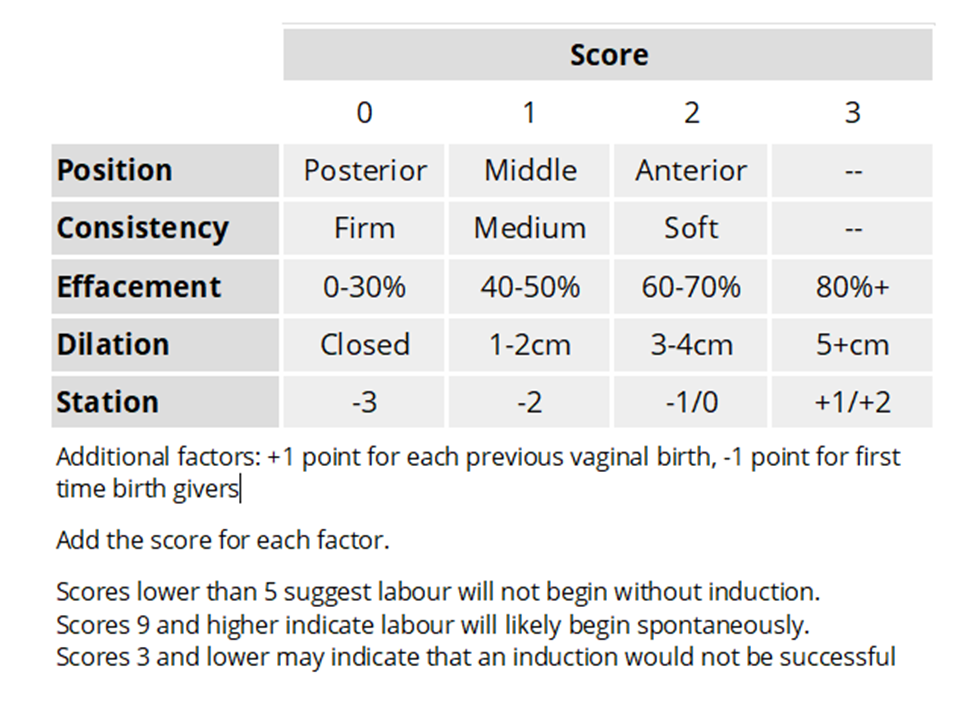A nurse is caring for a client who is in labor. Which of the following nursing actions reflects application of the gate control theory of pain?
Turn the client onto her left side.
Massage the client's back.
Encourage the client to rest between contractions
Administer prescribed analgesic medication
The Correct Answer is B
The correct answer is B. Massage the client's back.
A. Turning the client onto her left side may be a comfort measure, but it is not specifically associated with the gate control theory of pain. It may help improve blood flow and relieve pressure but does not directly engage the gate control mechanism.
B. Massage the client's back is consistent with the gate control theory of pain.
According to the gate control theory, non-painful input (such as massage) can close the "gate" to painful input, reducing the perception of pain. Massage stimulates large-diameter nerve fibers, which can inhibit the transmission of painful signals.
C. Encouraging the client to rest between contractions is a general comfort measure but is not directly related to the gate control theory of pain.
D. Administering prescribed analgesic medication is a pharmacological approach to pain management and is not specifically associated with the gate control theory. Medications can act on pain receptors but do not engage the gate control mechanism.
Nursing Test Bank
Naxlex Comprehensive Predictor Exams
Related Questions
Correct Answer is B
Explanation
The correct answer is B. The client will experience a successful induction of labor.
A. The Bishop score is a pre-induction assessment that evaluates several factors, including cervical dilation, effacement, consistency, position, and fetal station. It is used to predict the likelihood of a successful induction of labor. A high Bishop score indicates favorable conditions for induction.
B. Correct. A higher Bishop score indicates a more favorable cervix for induction, and the chances of a successful induction of labor are increased.

C. Lower back pain during labor is not specifically associated with the Bishop score. It can be a common complaint during labor, but it is not predicted by the Bishop score.
D. Dinoprostone is a prostaglandin used for cervical ripening. If the Bishop score indicates an unfavorable cervix, dinoprostone or other cervical ripening agents may be considered to prepare the cervix for induction.
Correct Answer is B
Explanation
Choice A Reason:
Oxygen Saturation: While oxygen saturation is important, it is not the highest priority assessment related to amniotomy. Monitoring oxygen levels is crucial during labor, but other factors take precedence
Choice B Reason:
Temperature:Correct. The nurse should prioritize monitoring the client’s temperature following an amniotomy. If the patient’s temperature is38°C (100.4°F) or higher, the nurse needs to notify the primary care physician promptly. Elevated temperature can indicate infection, which is a significant concern after the rupture of membranes.The nurse should also assess for other signs of infection, such as chills, uterine tenderness on palpation, foul-smelling vaginal drainage, and fetal tachycardia.
Choice C Reason:
Blood pressure is incorrect. Blood pressure is an essential parameter to monitor during labor, but it may not be the immediate priority when planning an amniotomy. Oxygen saturation takes precedence as it provides more direct information about the oxygenation status of both the mother and the fetus.
Choice D Reason:
Urinary output is incorrect. Urinary output is a vital sign to monitor, but it may not be the immediate priority when preparing for an amniotomy. O2 saturation is more directly relevant to the potential effects on the fetus during this intervention.
Whether you are a student looking to ace your exams or a practicing nurse seeking to enhance your expertise , our nursing education contents will empower you with the confidence and competence to make a difference in the lives of patients and become a respected leader in the healthcare field.
Visit Naxlex, invest in your future and unlock endless possibilities with our unparalleled nursing education contents today
Report Wrong Answer on the Current Question
Do you disagree with the answer? If yes, what is your expected answer? Explain.
Kindly be descriptive with the issue you are facing.
